Next-Gen VTOL UAS Design (2022-2023)
A novel wing-foldable VTOL tail-sitter design with double-swashplate.
Project Overview
This project focuses on the development of a next-generation VTOL (Vertical Take-Off and Landing) unmanned aircraft system, conducted at Texas A&M University’s Advanced Vertical Flight Laboratory under the supervision of Prof. Moble Benedict. This project is my undergraduate capstone project. The ultimate goal of this project is to design a small-footprint VTOL UAS that can be used for long-endurance missions.
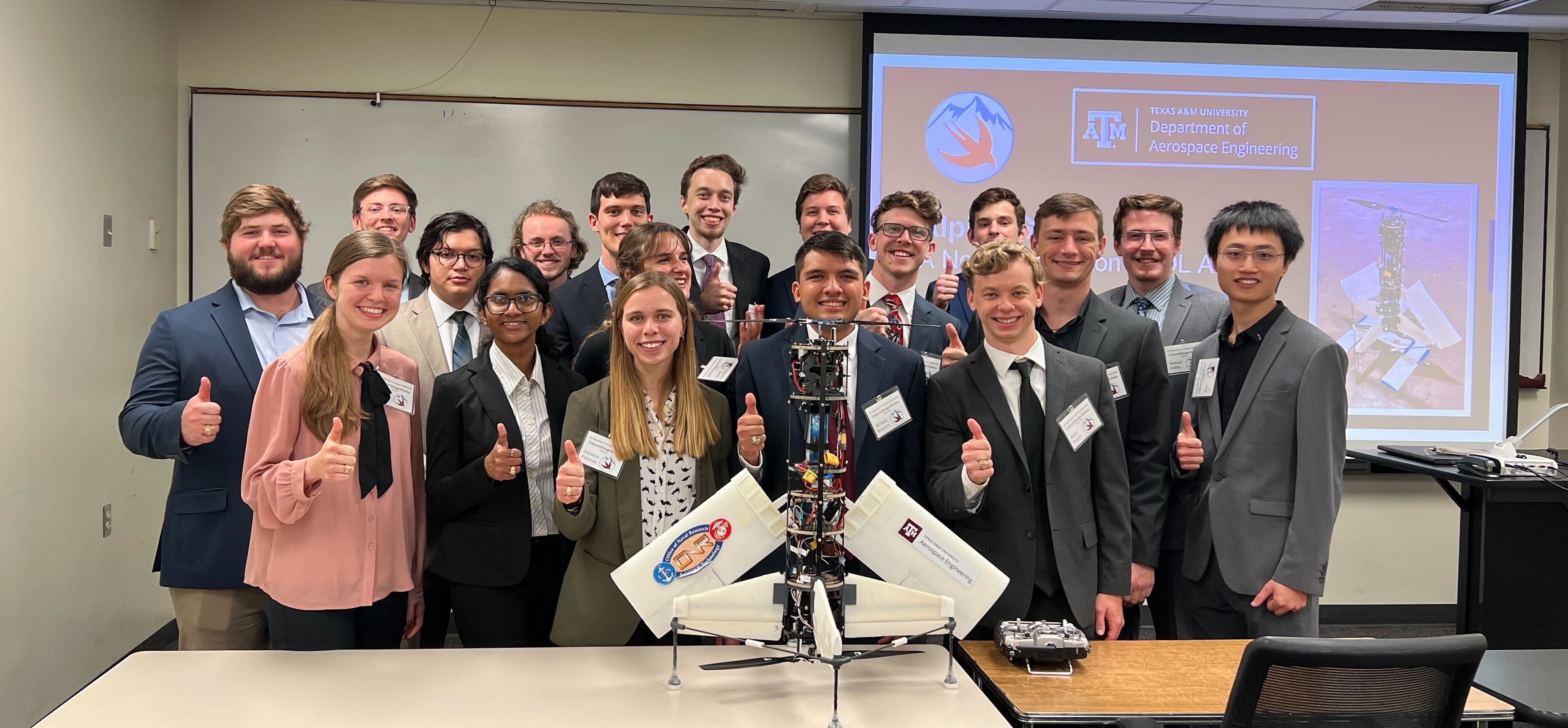
Phase 1: Full-scale Conceptual Design (Sept 2022 - Dec 2022)
The initial phase focused on the theoretical design and realization of a next-generation long-endurance VTOL unmanned aircraft. Key accomplishments include:
- Led the flight dynamics modeling sub-team and developed control laws
- Successfully demonstrated transition flights between fixed-wing and hovering modes in Simulink simulation
- Derived equations of motion and developed a 2D nonlinear longitudinal dynamic simulation
- Validated transition flight capabilities using CFD (Computational Fluid Dynamics) data
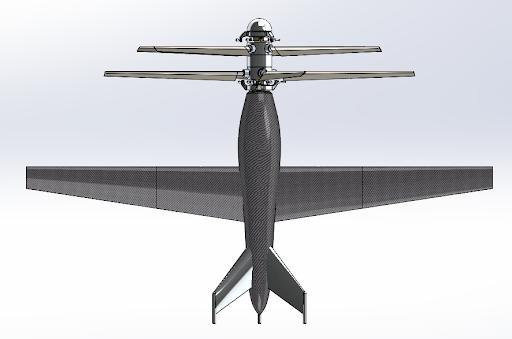
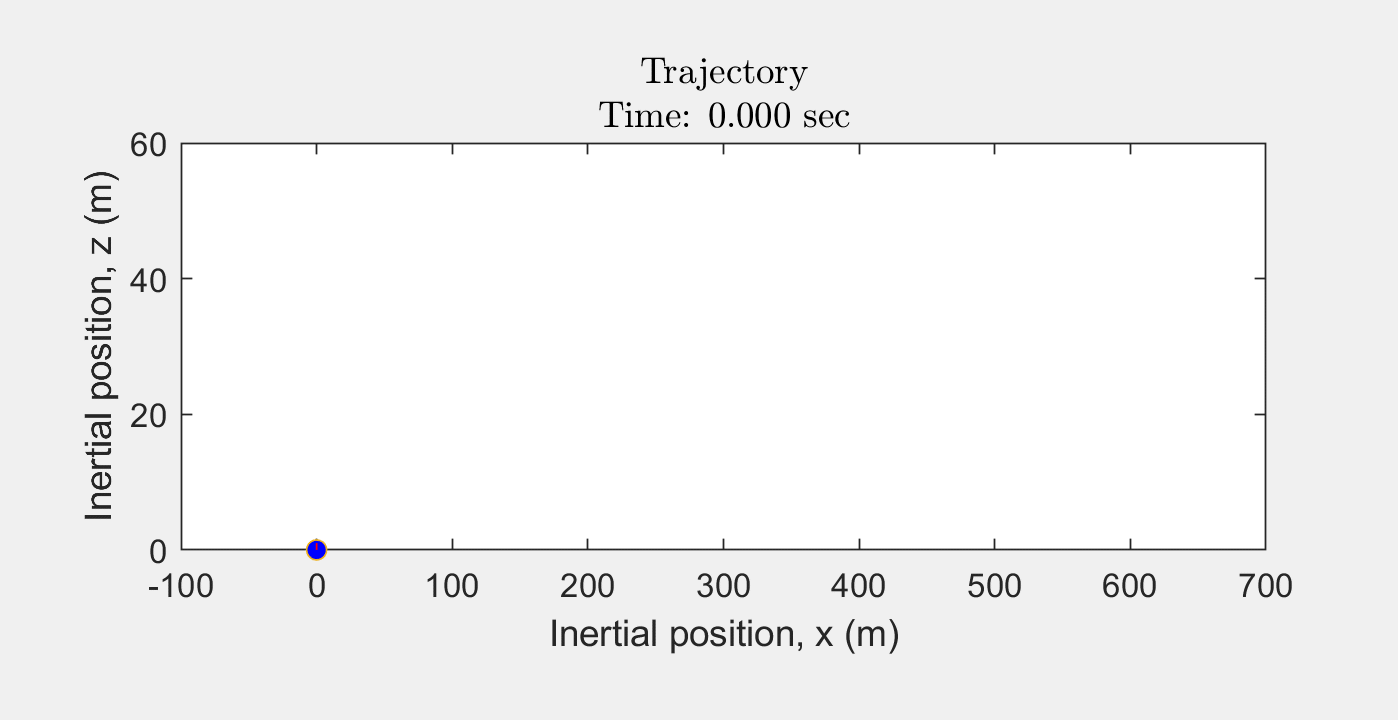
Phase 2: Scaled Prototype Development (Jan 2023 - May 2023)
The second phase involved creating a scaled prototype to validate the design concepts:
- Led a 20-person team in design, fabrication, and flight testing of a 4-lb subscale prototype (I was the chief engineer)
- Implemented a double-swashplate-based control system with wing-folding capability
- Integrated control logics using ELKA (Embedded Lightweight Kinematic Autopilot)
- Successfully demonstrated indoor hovering with mid-flight wing deployment
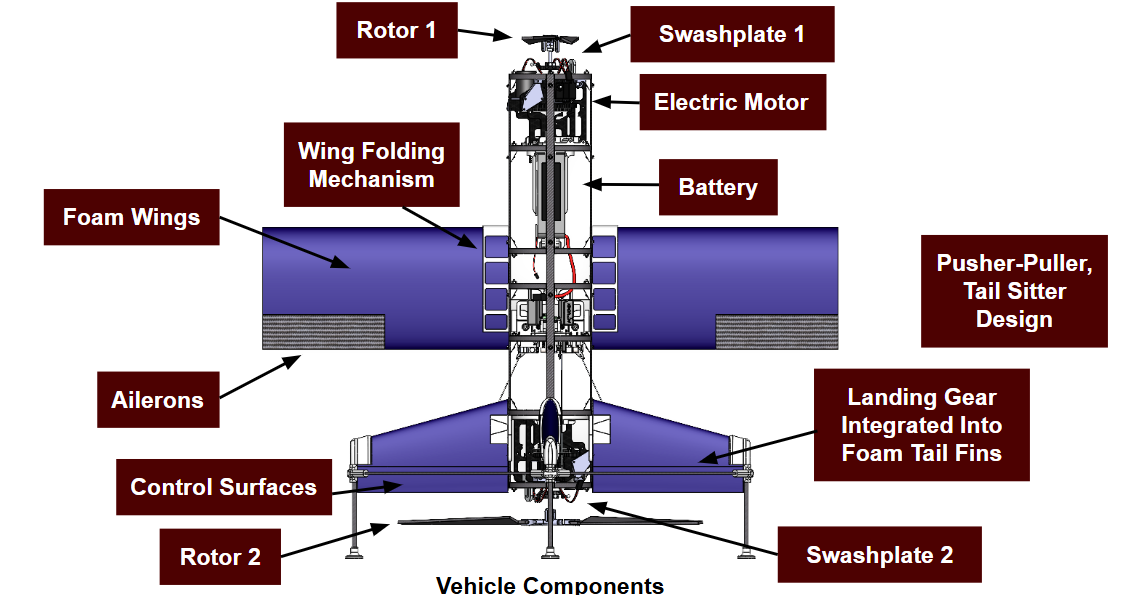
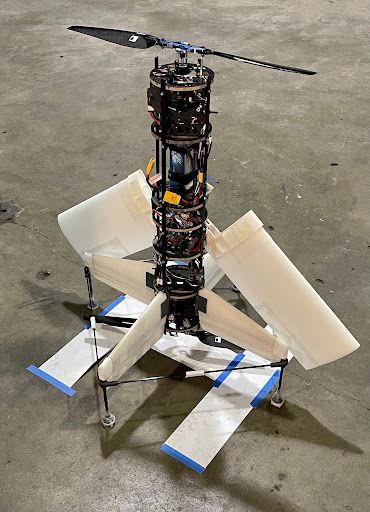
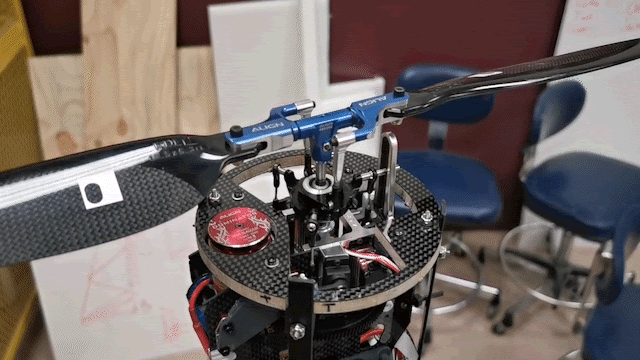
Conclusion
The project successfully demonstrated the feasibility of a novel VTOL tail-sitter design incorporating wing-folding mechanisms and double-swashplate control. The prototype validated both hovering capabilities and successful wing deployment during flight.